10 Samsung Phones with the Best Camera in 2024
In the market, there are many cell phones known for their excellent camera quality. These phones usually come at a high price, though there are also mid-range options with great cameras.
Samsung is a brand that often offers phones with top-notch cameras. Generally, the best Samsung camera phones are their high-end models. Carisinyal recommends these 10 Samsung phones for their outstanding camera quality.
It's important to note that Samsung's flagship phones usually have two chipset versions: Exynos and Snapdragon. Therefore, this list includes some Samsung phones with the same name but different chipsets. Let's see the list of Samsung phones with the best cameras.
1. Samsung Galaxy S24 Ultra 5G
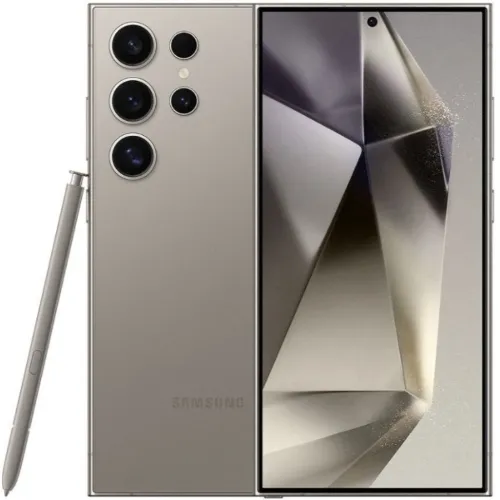
The Samsung Galaxy S24 Ultra 5G is not just known for its premium box design and the iconic S Pen. It's also recognized as one of Samsung's best camera phones. It features a 200 MP main sensor with an Optical Image Stabilization (OIS) stabilizer.
In addition, this flagship phone comes with a 12 MP ultrawide sensor, a 10 MP periscope telephoto camera, and a 10 MP telephoto camera, each with autofocus.
The Samsung Galaxy S24 Ultra has scored 144 points on DxOMark, split into 144 for photos and 137 for videos.
This phone utilizes a Quad Tele System combining a 5x optical zoom capability with 50 MP Adaptive Pixels. As a result, the camera delivers excellent images at various magnifications, from 1x to 10x.
Even beyond 10x, the phone maintains clarity up to 100x magnification. This is made possible by Enhance Digital Zoom and Image Processing AI, which improve zoom capabilities without compromising quality.
With these features, the flagship phone can zoom in on the moon, capturing detailed and textured images similar to those taken with a telescope.
According to DxOMark, the Galaxy S24 Ultra maintains a neutral white balance and accurate color rendering in all tests, whether photos, videos, or zooms.
Furthermore, the phone's Nightography capabilities are exceptional, providing clear exposure even in very dark conditions. The Galaxy S24 Ultra is also excellent for content creation, thanks to its steady and effective video stabilization.
2. Samsung Galaxy S23 Ultra 5G
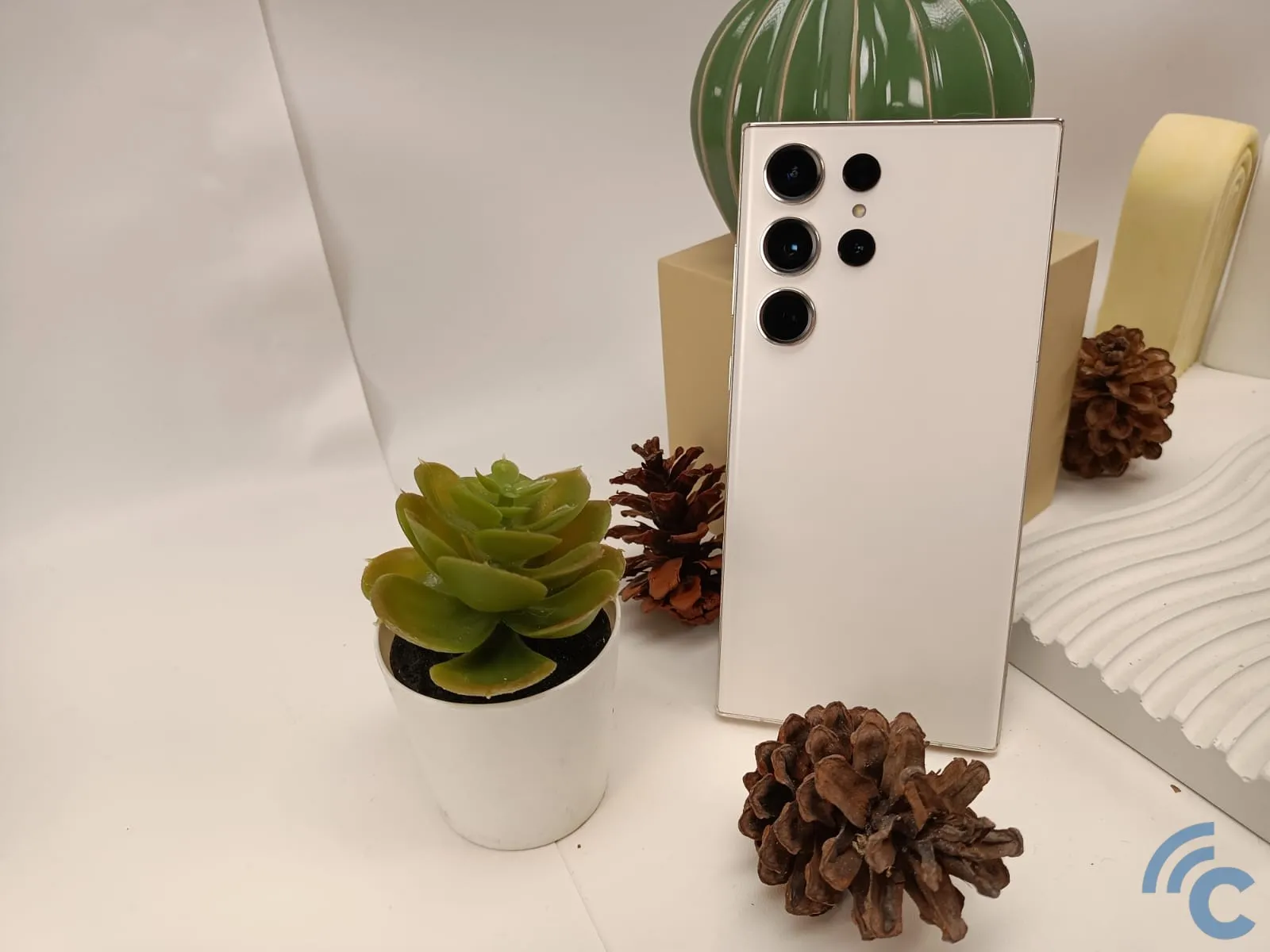
The Samsung Galaxy S23 Ultra, as reported by the DxOMark website, achieves an impressive overall score of 140 points. This includes a photography score of 139 points and a video score of 137 points.
It's believed that the remarkable detail captured by this phone is due to its powerful 200 MP camera resolution. Additionally, the device excels in video stabilization, significantly minimizing the shaky effect in recordings made while moving.
The exceptional camera performance is attributed to the 200 MP ISOCELL HP2 sensor in the main camera. Furthermore, technologies like OIS and EIS, along with robust video recording features, are consistently applied across all the device's cameras.
I think this phone is arguably the most capable Android phone in its class, especially regarding its camera. It would be underutilized for mundane tasks. Therefore, this phone is ideal for individuals with demanding workloads, such as photo and video editing, managing spreadsheets, or composing music.
3. Samsung Galaxy S22 Ultra (Snapdragon)
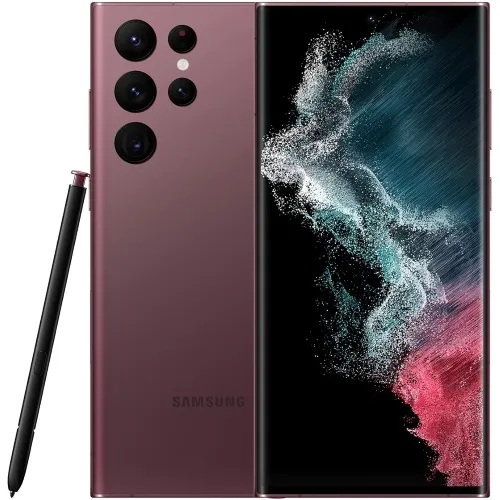
The Snapdragon version of the Samsung Galaxy S22 Ultra features the Snapdragon 8 Gen 1 SoC. It turns out that the camera quality of the Galaxy S22 Ultra Snapdragon is better than the S22 Ultra Exynos 2200. According to DXoMark, this phone's camera scores 135 points, which is 4 points higher than the Exynos version.
This score is based on a photo score of 135 points, zoom capabilities at 137 points, bokeh effect at 70 points, and video quality at 127 points. DXoMark highlights this phone's ability to capture detailed images, maintain a dynamic range, and balance whites well. Its video performance is also strong, with stable footage, accurate exposure, and natural skin tones.
The camera's strong points are hard to overlook, especially as Samsung has ensured evenly distributed capabilities across all its cameras. Each camera offers autofocus and the ability to record in 4K at 60 fps.
This phone will be a good fit for those who require high productivity and need a professional-grade camera. It's also quite capable for gaming, though I recommend to use an external fan for cooler operation and stable frame rates.
4. Samsung Galaxy S23 5G
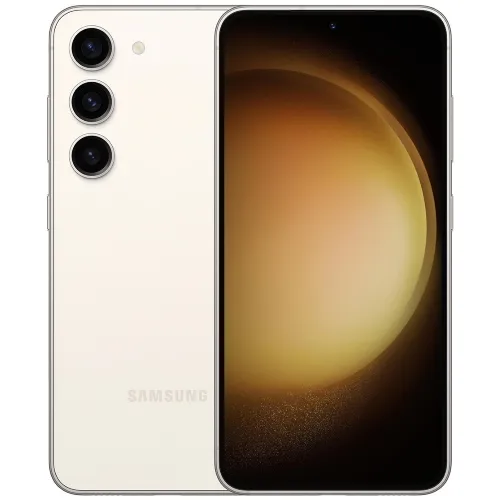
The Samsung Galaxy S23 5G stands out as a compact and easy-to-carry choice for photography enthusiasts. Its slim and lightweight design makes it quite appealing. The device features a 50 MP main camera, capable of capturing visually pleasing images.
Additionally, it has a 10 MP telephoto camera with 3x optical zoom and Optical Image Stabilization (OIS). For capturing expansive landscapes, the 12 MP ultrawide camera with a 120-degree field of view is perfect.
DxOMark has commended the Samsung Galaxy S23 for maintaining detail in all types of shooting environments. It also offers a wide dynamic range, reducing the chances of overexposed images. The phone excels in video recording too, with quick focus adjustments and an overall camera score of 133 points from DxOMark. This includes a 129-point score in photography and 137 points in videography.
I think this is an all-rounder phone created specifically for those who prefer a compact phone without sacrificing performance. All the capabilities of this phone are above average, including the camera. The Galaxy S23 5G is also very suitable for vlogging and photo and video-based content creation.
5. Samsung Galaxy S23 Plus 5G
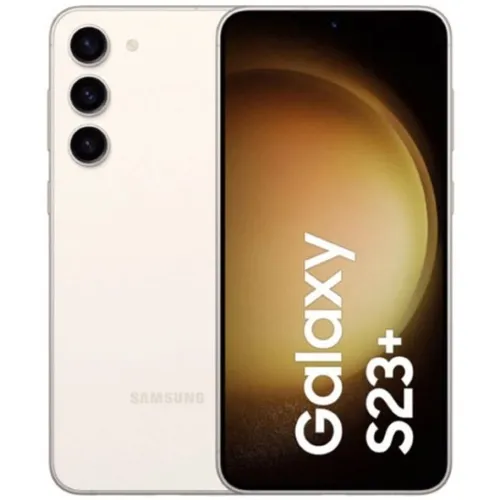
The camera setup in the Samsung Galaxy S23 Plus 5G mirrors that of the standard Galaxy S23. It features a 50 MP (f/1.8) main camera, a 10 MP telephoto lens, and a 12 MP ultrawide sensor with a 120-degree field of view.
The front houses a 12 MP f/2.2 selfie camera with autofocus, contributing to its high DxOMark score of 133 points, equal to the standard variant.
The Galaxy S23 Plus shares many of the camera benefits of the regular S23, such as accurate color representation, detail preservation in various shooting scenarios, and reliable video tracking.
Though the Galaxy S23 Plus may not have the zoom capabilities of the Galaxy S23 Ultra, its photography and videography skills are on par. This phone is a great option for those seeking a stylish, content-creation-friendly device at a more affordable size and price than the Galaxy S23 Ultra.
6. Samsung Galaxy S22 Ultra (Exynos)

As the top model in the Galaxy S22 Series, the Galaxy S22 Ultra has superior camera capabilities. It features a 108 MP ISOCELL HM3 main camera with Laser AF, PDAF, OIS, and Nano Bayer technology, delivering 12 MP images of impressive quality.
The Galaxy S22 Ultra also includes two 10 MP telephoto lenses and a 12 MP ultrawide camera, capable of capturing wide 120-degree shots and providing Super Steady Video features.
DxOMark has awarded its camera a score of 131 points, praising the Exynos 2200 version of the Galaxy S22 Ultra for producing pleasant colors and balanced white in various conditions. This flagship phone is also adept at low-light photography, offering good exposure and a wide dynamic range.
It's noted for its excellent stabilization during video recording and natural bokeh effects. The Galaxy S22 Ultra's standout features include top-notch color reproduction and bokeh effects.
Beyond its camera prowess, the Galaxy S22 Ultra excels in screen display, performance, battery life, and productivity. This IP68-rated phone is a leader in productivity, thanks to its stylus pen support, Samsung DeX, and USB display out connectivity, enabling it to function like a computer. It also includes the unique Ultra Wideband (UWB) feature.
The Galaxy S22 Ultra Exynos is ideal for anyone seeking a high-capability Android phone. It's especially suited for those who prioritize productivity, camera performance, and professional-level functionality. This phone is designed for long-term use.
7. Samsung Galaxy Z Fold5 5G
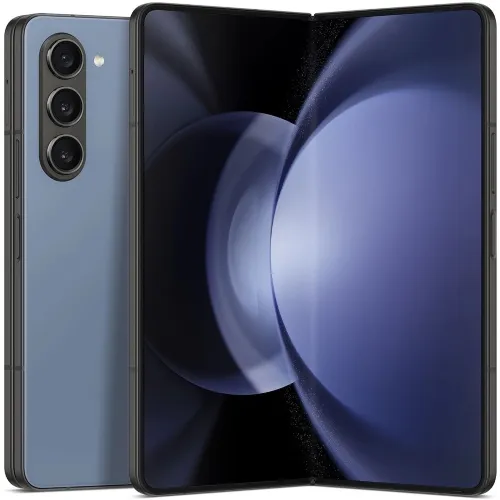
The Samsung Galaxy Z Fold5 5G, a foldable phone, boasts impressive camera specifications. It features three rear cameras: a 50 MP wide-angle main sensor, a 12 MP ultrawide camera, and a 10 MP telephoto lens.
The main and telephoto cameras come with Optical Image Stabilization (OIS) to enhance photo clarity, and the telephoto camera can zoom optically up to 3x.
This phone's unique design offers a new approach to photography. With its Flex Cam feature, you can capture photos from various angles without a tripod. Just place it on a surface, adjust the angle as you wish, and enjoy hands-free selfies.
Additionally, the phone also provides an Expert RAW feature for photography enthusiasts, allowing for detailed image customization.
This advanced foldable device also includes a 30x Space Zoom, combining 3x optical zoom, 30x digital zoom, and AI Super Resolution technology. In terms of video, it supports recording in 8K at 30 FPS, an improvement over the Galaxy Z Fold4 5G’s 24 FPS at the same resolution.
The Samsung Galaxy Z Fold5 5G has a DxOMark score of 128 points, with 127 points in photography and 123 in videography. It's praised for its dynamic range and accurate color rendering in both photos and videos for smoother exposure transitions.
8. Samsung Galaxy S23 FE 5G
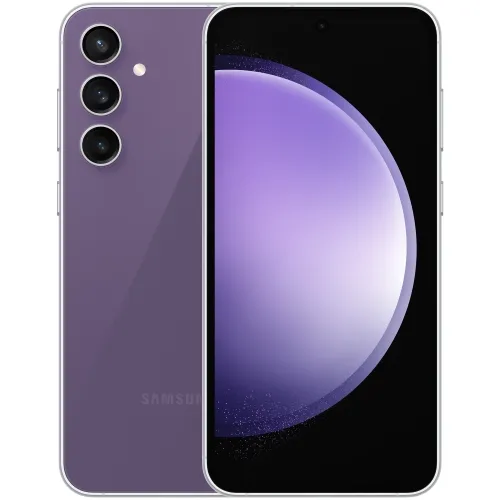
The Samsung Galaxy S23 FE 5G received a total DxOMark score of 127 points, with 124 points in photography and 131 in videography. It features a 50 MP main camera with Dual Pixel PDAF and an OIS stabilizer to reduce blur.
Besides the main camera, there’s an 8 MP telephoto sensor with OIS and up to 3x optical zoom. The phone also includes a 12MP ultrawide camera with a 123-degree field of view.
For distant shots or recordings, the phone offers up to 30x digital zoom, maintaining relatively good detail quality at this level.
Priced at abaout $599, This phone is a great choice if you’re looking for effective stabilization. Whether recording while still or on the move, the video stabilization is so effective that it minimizes shaky effects often found in less expensive phones.
The ultrawide camera on this model is also great because it delivers clear texture details. In fact, its ultrawide performance surpasses that of the regular Galaxy S23, which sometimes shows orange hues in its images.
9. Samsung Galaxy Z Flip5 5G
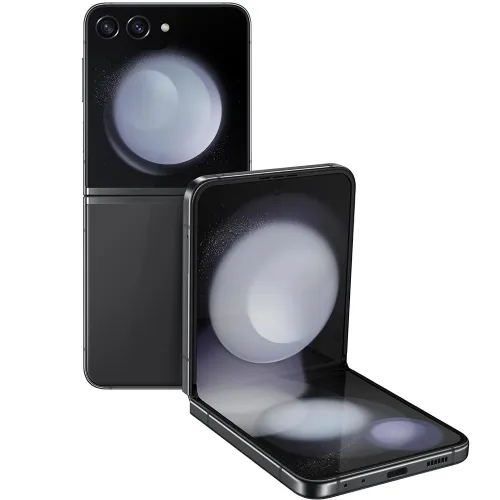
In terms of camera performance, the Samsung Galaxy Z Flip5 5G might not stand out among other flip phones like the OPPO Find N3 Flip, but it still delivers great photos.
The Galaxy Z Flip5 is equipped with a 12 MP main camera featuring Phase Detection Auto Focus (PDAF) and Optical Image Stabilization (OIS), ensuring sharp images free from blurs caused by shaky hands. Additionally, it has a 12 MP ultrawide sensor with a 123-degree field of view.
It's true that the rear camera setup of the Galaxy Z Flip5 5G, with only two cameras, lacks a telephoto lens, which is a bit disappointing for a phone in its price range. However, the quality of photos and videos produced by these cameras is quite impressive.
DxOMark notes that the textures captured by the ultrawide camera are particularly clear and distinct. The phone’s autofocus is also quick and reliable in various scenarios, whether taking pictures or recording videos.
Video recording in daylight results in minimal noise, making the output suitable for immediate social media posting without the need for editing.
When it comes to video stabilization, the Galaxy Z Flip5 5G performs admirably. In comparison to the OPPO Find N2 Flip, it handles shake more effectively, especially noticeable when recording on the move.
10. Samsung Galaxy S22+ (Exynos)
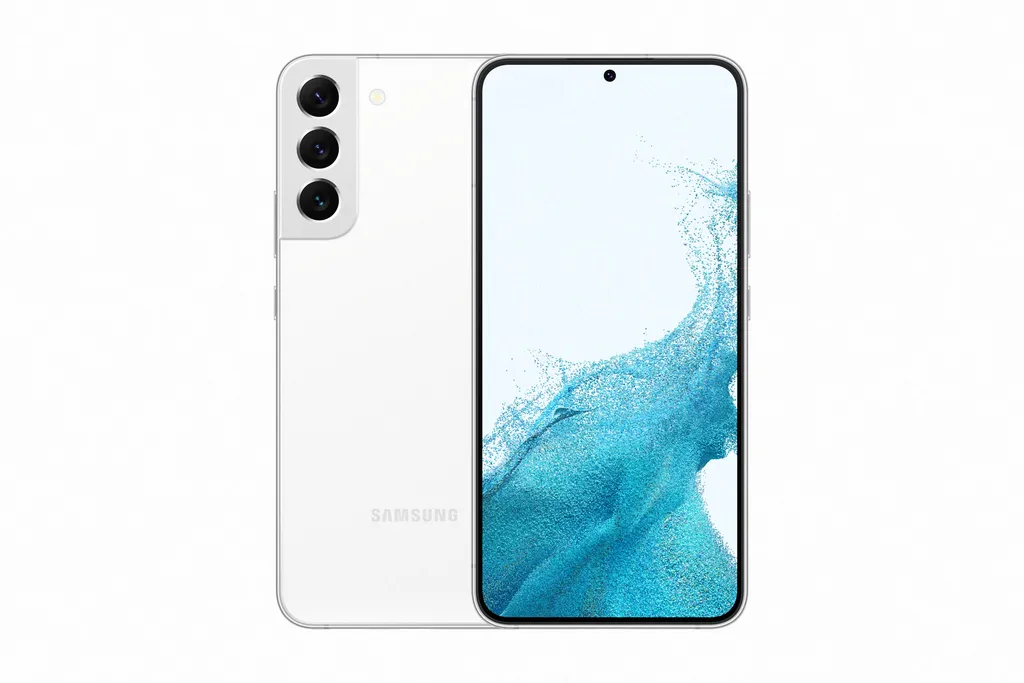
The Samsung Galaxy S22+ with the Exynos 2200 processor is among the top Samsung phones for camera quality, earning a DXoMark score of 125 points. It stands out for having the best zoom capability in its price range, producing vibrant colors in photos under various lighting conditions.
Additionally, its camera is noted for capturing bright and rich colors in both indoor and outdoor video recordings. The Galaxy S22+ earns high marks in photography and videography due to its well-equipped hardware.
It features a 50 MP (f/1.8) main camera with Dual Pixel PDAF and OIS. The device also includes a 10 MP (f/2.4) telephoto lens with PDAF, OIS, and up to 3x optical zoom.
The third lens is a 12 MP ultrawide camera with a 120-degree field of view and Super Steady Video stabilization. For selfies, the phone sports a 10 MP (f/2.2) front-facing camera capable of recording 4K videos at 30 and 60 FPS.
While the camera is competent, DxOMark notes some limitations of the Galaxy S22+. For instance, its camera struggles with quick capture in low light conditions, impacting video recordings by causing less stable autofocus, a narrower dynamic range, and less accurate white balance.
This phone is ideal for those seeking a high-performing phone with a manageable size. It’s well-suited for content creation, though some care is needed in low light conditions. For multimedia productivity, this variant of the Galaxy S22+ excels.
These are our recommendations for Samsung phones with the best cameras to consider this year. If you’re a fan of Samsung devices and prioritize top-notch photo quality, one of these smartphones could be the perfect choice for you.
